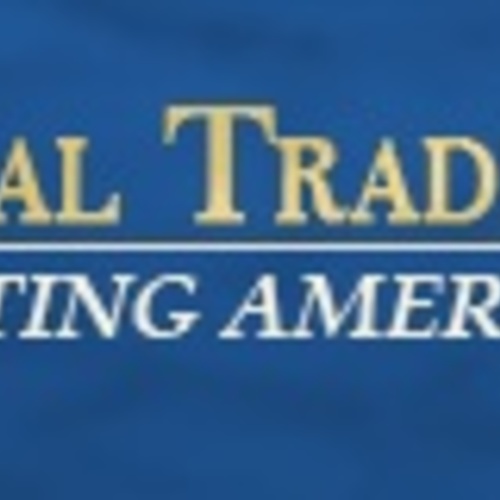
Image Credit: TerraChoice Environmental Marketing
To some degree, consumers have become overly skeptical of claims that a product is green, healthy, energy-saving, or similarly virtuous. Problem is, there are so many ways to twist the truth, our BS detectors sometimes overheat and shut down.
A recent blog by SmartPlanet contributor Heather Clancy highlighted the fact that the House subcommittee on Commerce, Trade and Consumer Protection was concerned enough about this issue to hold a hearing on the subject earlier this month. The hearing was titled “It’s Too Easy Being Green: Defining Fair Green Marketing Practices.”
One of the five witnesses invited to testify, M. Scot Case, vice president of TerraChoice Environmental Marketing, suggested that the Federal Trade Commission require third-party verification of every environmental marketing claim; that the Environmental Protection Agency form an office to create a single national label to recognize environmental leadership; and that the government should fund the EPA and the National Academies to create a national lifecycle inventory that could be used in making environmental performance assessments.
Clearly, it is going to take time to sort things out. As I noted, most of us have already learned to navigate at least some of the vast advertising waters, although we still often use claims, as marketers may intend, mainly to assuage guilt over a particular purchase. So we eat the “healthy” food product (zero trans-fats!) while willfully ignoring a nutritional assessment of its ingredients (16 grams of monosaturated fat and lots of sugar!). When it comes to big-dollar renovation and construction, though, things get considerably more complicated.
Issues of simplicity, regulation, and demand
A few homeowners do dig deep into the details of energy efficiency and sustainability (we’ve recently written about two who live in Chicago, Tim Heppner and Michael Yannell). But most consumers predisposed to go green seem to prefer the conciseness and potential marketability of a well known green-certification label over immersion in performance and sourcing data.
Of course, remodelers and builders don’t have that luxury. They’ve had to stay agile as building codes get greener, national and local green rating systems evolve, and homebuyers and homeowners respond to it all.
So far, national ratings systems such as LEED for Homes and the National Association of Home Builders’ National Green Building Standard have become well established and reasonably well recognized by the public, and programs such as EarthCraft House have fairly high public profiles. Consumers’ green-homebuilding savvy, in other words, continues to inch along. But as blogger Clancy points out, if the government decides to get tough on misleading and false claims, green marketing could get a lot more verifiably green in short order.
Weekly Newsletter
Get building science and energy efficiency advice, plus special offers, in your inbox.














0 Comments
Log in or create an account to post a comment.
Sign up Log in